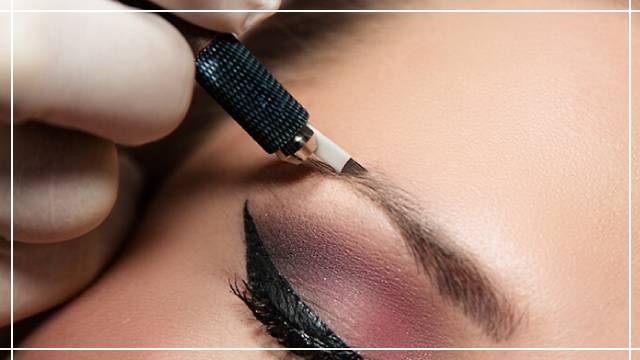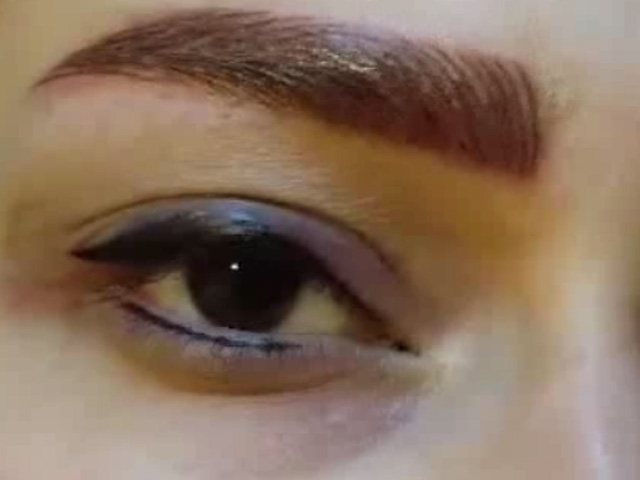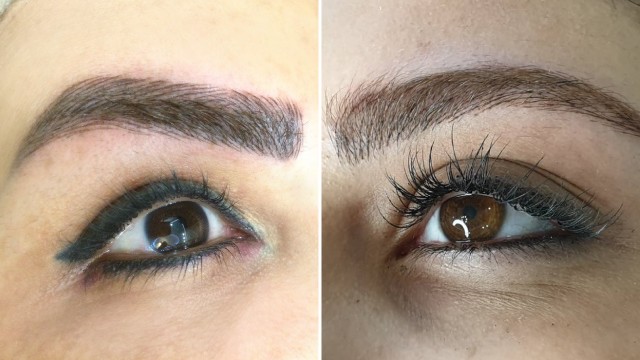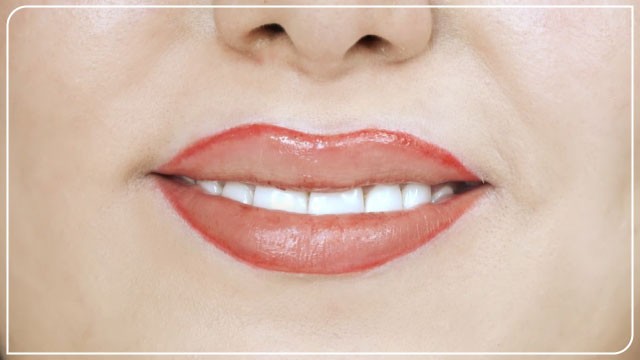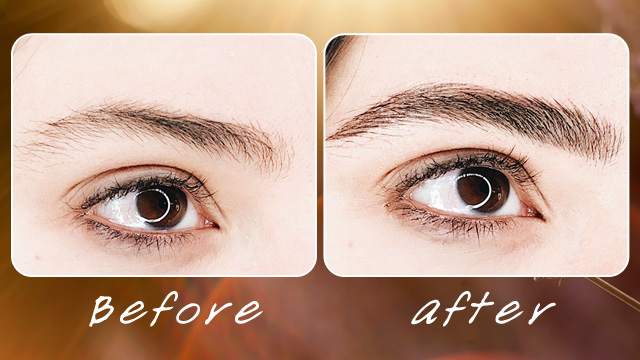Micro-pigmentation Common Questions & Answers
In this tutorial, we try to answer some of the most common questions regarding micro-pigmentation and micro-blading. This video was provided by Mrs. Shaghayegh Ghanbari. To join our classes, please contact us at ,
Instructions:
Greetings. I’m Shaghayegh Ghanbari. I’m a micro-pigmentation artist and instructor. I’m here today to answer some of your frequent questions regarding micro-pigmentation.
Someone has messaged us explaining that, three days after her micro-blading process, the skin around the area started to flake off and nothing remains of the tattoo. Whether you’ve done a micro-blading process or micro-pigmentation process, your skin will start to flake after three days and the tattoo might fade away. However, if you give it time, after three weeks, the pigments in the Epidermis will come to the surface of the skin and the tattoo will be visible again. If after three weeks you still don’t see the tattoo coming back, the problem could be that the pigment artist didn’t apply enough pressure during the pigmentation process and therefore the pigmentation didn’t reach the layer it was supposed to reach and therefore it disappeared after a while.
Another person said that she has been doing micro-blading for a while, but after wiping the area of blading with a pad, there appears to be no sign of the hachures anymore. The problem must be from the way they are injecting the pigmentation. The pressure isn’t enough and you aren’t injecting the pigmentations deep enough, which should be injected 1.5 millimeters inside the skin. Also, try to draw the hachures using back and forth hand movements.
Another friend asked about the ways or signs to make sure the device being used for the process is hygienic. A suitable and standard device must be approved by the food and drug administration. The device shouldn’t make noise or shake during the process and the cartridge must be protected by a membrane. A device with these characteristics is definitely hygienic.
I’ve been asked about the factors influencing the durability of the pigmentations. There are many factors, which contribute to the durability of the pigmentations. One of the factors is meiosis. The younger the person is, the faster the process of meiosis will be and therefore the pigmentations will last a shorter time. Another factor is the color you choose. It’s better to choose darker colors to increase the durability of the pigments. In addition, the type of skin has an effect. Pigmentations last shorter on oily skins. How you take care of the pigmentation afterward can also affect the durability of the process. Be careful not to expose yourself to direct sunlight for an extended period since sunlight can fade the pigments. Avoid taking steams, swimming, or going to tanning salons for a week to ten days. It’s also a good idea not to dye your eyebrows since there are oxidants in the dyeing process that can affect the pigments and remove or fade them.
I’ve been asked if micro-pigmentation is applicable to everyone. Unfortunately, the answer is no. Some people with health conditions use drugs such as Heparin or Warfarin, which prevents blood clothes, and it’s not possible to perform a pigmentation process while a person is using these types of drugs. There are also other health issues, which may prevent you from going through a pigmentation process, such as heart problems, high blood pressure, and some skin diseases, people who are doing chemotherapy, people with Hemophilia, and people with Diabetes. Women during pregnancy or lactation and people with autoimmune diseases can’t go through a micro-pigmentation process either.
A colleague said whether it was possible to prevent bleeding during a tattooing process. First, if your client is using any drugs such as Acetaminophen, Ibuprofen, vitamin E pill, iron supplements, and the like, they should stop taking them after consulting their doctor to prevent bleeding. Furthermore, if you control your hand pressure and only penetrate the skin to the second layer, you shouldn’t have any bleeding. Bleeding prevents the micro-pigmentation process from taking effect correctly and if the client is bleeding, you should stop the process until it stops.
Someone has asked about preventing her black lash line pigmentation from turning green. You should definitely use a neutralizer for your green color, which is the red color. We recommend that you should always add a drop of red in your color mixture for this process.
Micro-pigmentation is the process of injecting the skin with biocompatible pigments. Because of the standard and safe equipment used for the process, and the biocompatible and mineral ink used for the pigmentation, it’s a suitable solution for people looking for permanent makeups application while preserving their natural look. I recommend consulting and working with a professional pigmentation artist for your permanent makeup implementation. Thank you for watching. I’ll behappy to see you in our classes.









